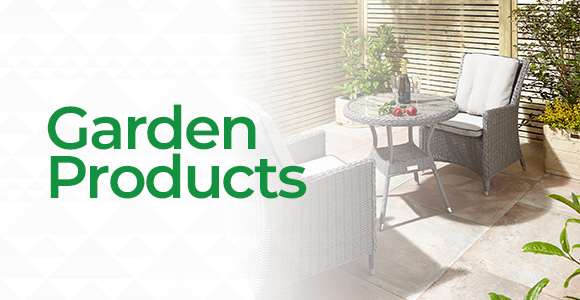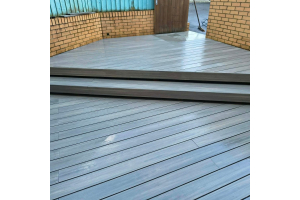NewTechWood Decking Aftercare
NewTechWood Composite Decking Aftercare
Caring for your composite decking
In recent years, composite decking has become extremely popular for its beauty, durability and low maintenance. People who choose composite decking as their material get to spend more time enjoying their decks and less time maintaining them. Although this decking material is considered low maintenance, it does occasionally require maintenance and cleaning. This guide will cover routine composite decking care, which includes sweeping it and scrubbing it with soap and water, as well as how to remove unwanted things like food stains, mould, rust and scratches.
What is composite decking made from?
Composite decking is a relatively new material, so it is understandable that many people are still unfamiliar with its composition. Learning about the materials that make up composite decking, however, will give you a better understanding of what it can and cannot withstand and how you should handle it. Composite decking is normally made from a mixture of several materials, primarily plastic and wood. These materials are processed to resemble real wood as closely as possible. The wood generally consists of by-products in the lumber industry, including chips, sawdust and wood fibre. Both the wood and the plastic can be made from recycled or virgin material.
How to avoid stains and organic decay
- Remove any debris stuck in between the boards
- Sweep regularly
- Remove dirt and salt
- Clean up grease stains right away
By routinely cleaning your composite decking, you can remove debris that could cause staining or organic decay. Although composite decking is designed to be stain resistant, marks may still appear if the decking is not properly cared for. Make sure to do the following things whenever you notice debris starting to accumulate:
- Remove any debris stuck in between the boards. Grass, leaves and other debris can easily make their way into the gaps between the boards. If these things become damp, it could lead to organic decay of your decking. If you notice any build up, unclog the gaps using a putty knife or spatula. Then you can use a garden hose to spray your deck, which will rinse away anything you may have missed before.
- Sweep regularly. Sweeping your deck regularly will prevent debris from getting into the gaps. Its especially important to keep on top of this during the autumn period, when falling leaves are abundant.
- Remove dirt and salt. Over time, its easy for dirt to accumulate on your deck. Rock salt, which is used to melt ice and snow, may also be left over from the previous winter. To get rid of these types of debris, you should begin by sweeping. If sweeping doesn’t remove all the debris, then get mild soap, water and a gentle scrub brush that has no metal. Once you’ve scrubbed the debris away, give the area a thorough rinsing.
- Clean up grease stains right away. Most homeowners occasionally use their decks for eating meals during the warmer months, and those who do will eventually end up spilling greasy food or liquids on the decking surface. While you may be tempted to wait until your next routine cleaning to remove the food, it should be done immediately or else staining might result.













